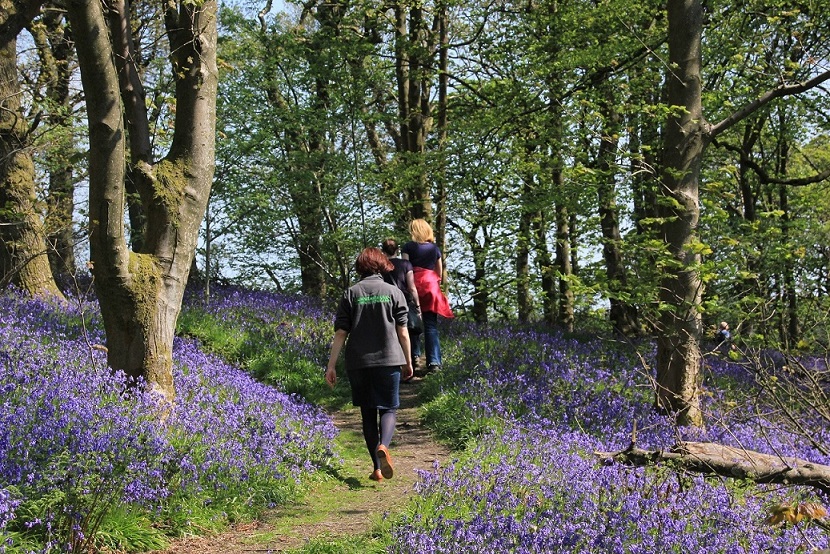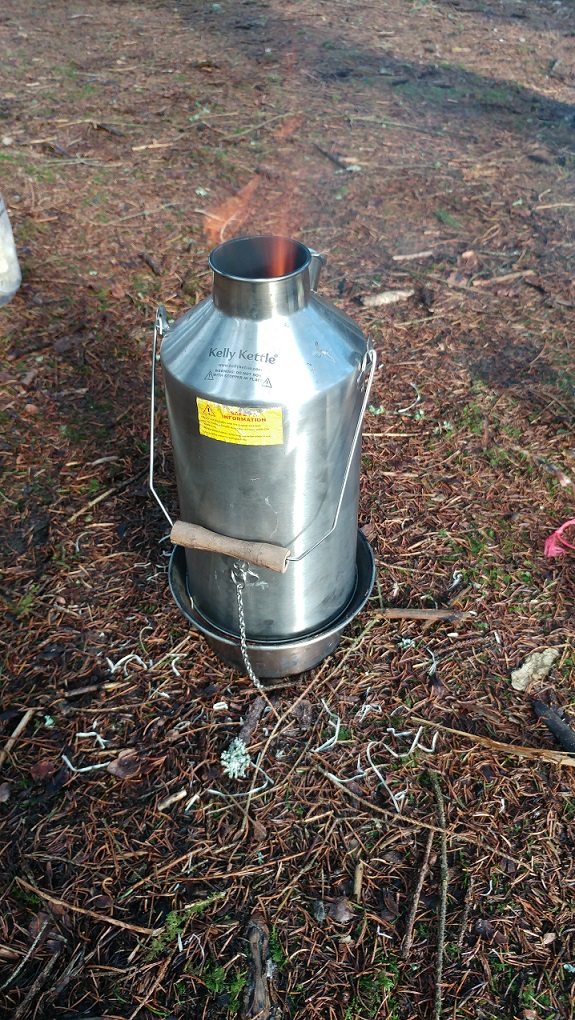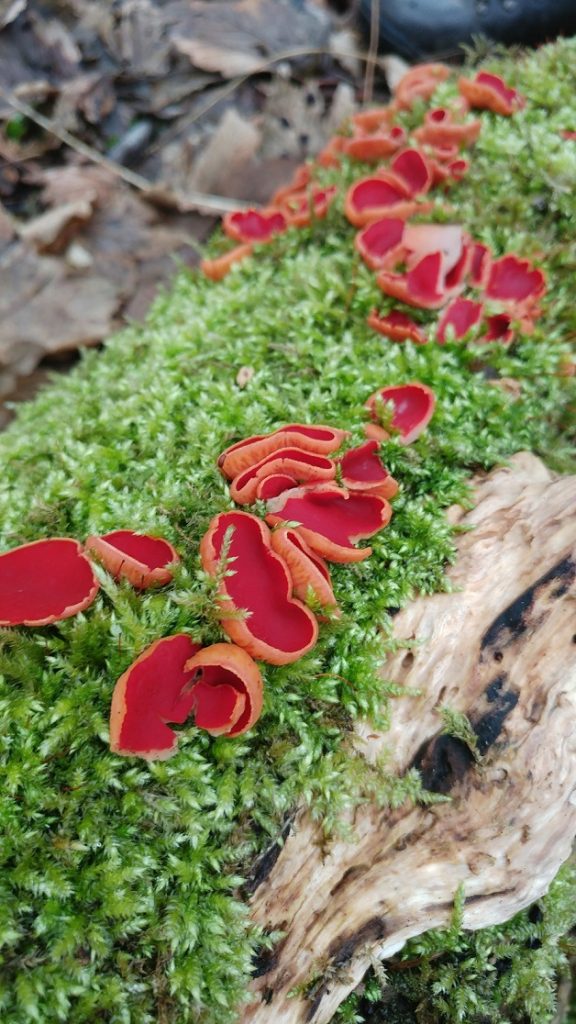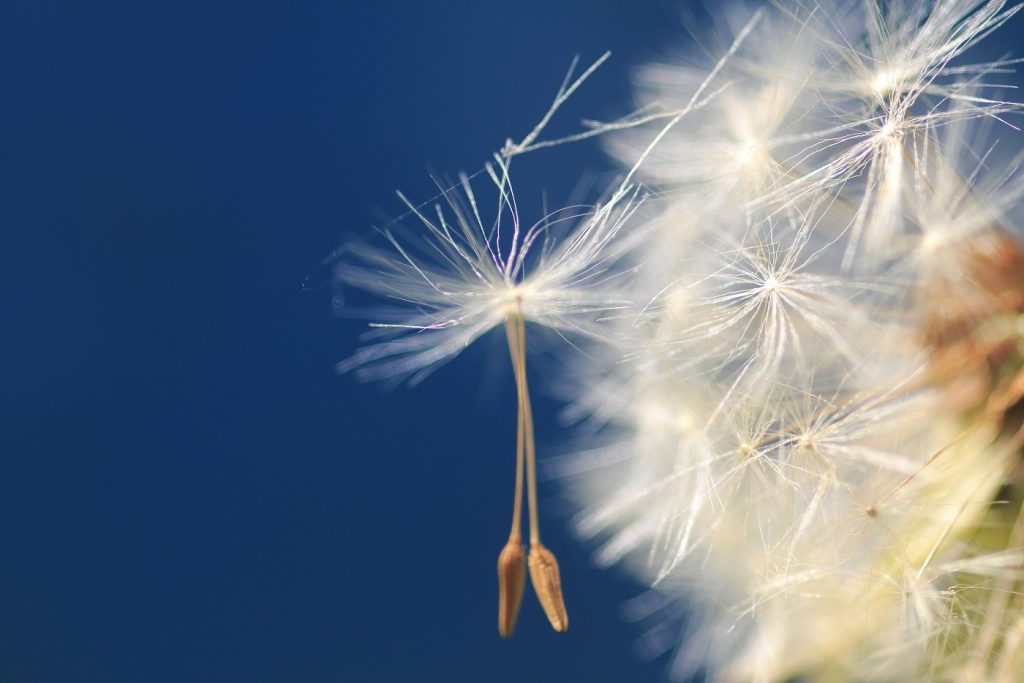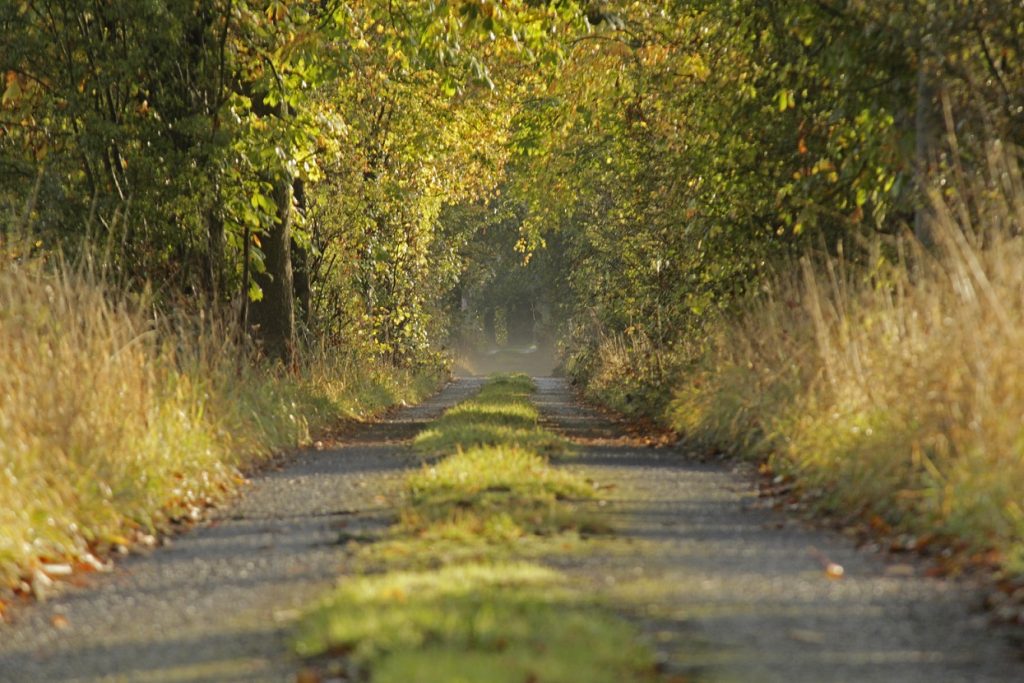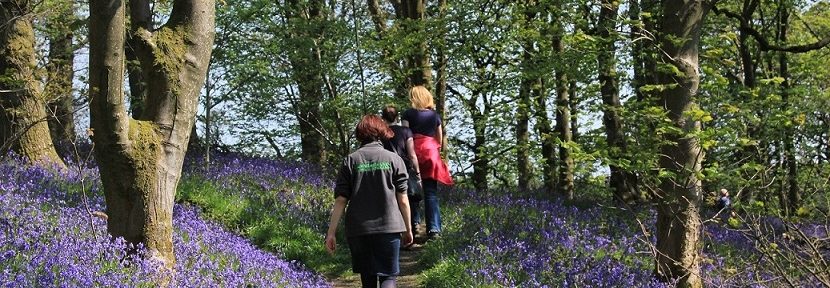
Stick your hand up if you know someone who has suffered – at some point in their lives – from poor mental health…
So that’s everyone then.
This week is mental health awareness week. It’s a brilliant initiative, anything that brings mental health issues into focus should be applauded. But when you think about it, it’s also a bit of a strange idea.
Why do we need to have mental health awareness events? Every single person reading this will know someone with a mental health issue. 1 in 4 readers will be sufferers themselves. We don’t have broken leg awareness days. Or common cold awareness days. Why is mental health different?
Of course I do understand why really. As a long term sufferer of depression and anxiety disorders I understand the fear and, unfortunately, the shame. Not necessarily my fear and shame (though there is always some of that) but that of those around me.
The fear that they’ll say or do the wrong thing. The fear that I’ll suddenly do something ‘crazy’. The Hollywood inspired fear that I’ll ‘snap’. The fear within me that I’d never get any better or that I had no future.
And the shame. The shame of my family that they’d somehow caused this, that they’d made a mistake or done something wrong while bringing me up.
My own shame about my illness that led to me lieing to family and friends about exactly why I wasn’t living a ‘normal’ life. Why I didn’t have a job, or a home of my own, why I didn’t go out or answer phone calls.
What caused that? Why was I ashamed of something that I had no control over?
If I had contracted an illness that left me paralysed in a wheelchair would I have felt compelled to try and stand up in front of people to prove it wasn’t really an issue? Would a loved one have told me to ‘snap out of it’ and get up and walk?
It’s ridiculous when you really sit down and think about it.
The real fear is the unknown. We’re afraid of mental health because we don’t know enough about it. We don’t talk enough about it.
But whether justified or not the fear is real. And the natural reaction to a fear that you can’t conquer is to run from it. To hide. Fight or Flight, that’s the solution evolution has provided us with, but all evolution is concerned with is survival – not happiness, not contentment, not hope for the future.
Unfortunately, the truth is that for many people there is no cure for mental health issues, just ways of learning to live with your condition, learning to cope, learning to enjoy and embrace life. Everyone’s journey, everyone’s battle, is unique to them.
There is no cure, but that doesn’t mean there is no hope..
Over the past year I’ve been working with The Conservation Volunteers and Cumbernauld Living Landscape on a project called Wild Ways Well. We use a proven mental health recovery framework called the Five Ways to Wellbeing:
Be Active
Take Notice
Keep Learning
Connect
Give
(You can read more about the Five Ways to Wellbeing here http://www.nhs.uk/Conditions/stress-anxiety-depression/Pages/improve-mental-wellbeing.aspx )
We take the Five Ways to Wellbeing outdoors, into the woods, parks, nature reserves and greenspaces of Cumbernauld.
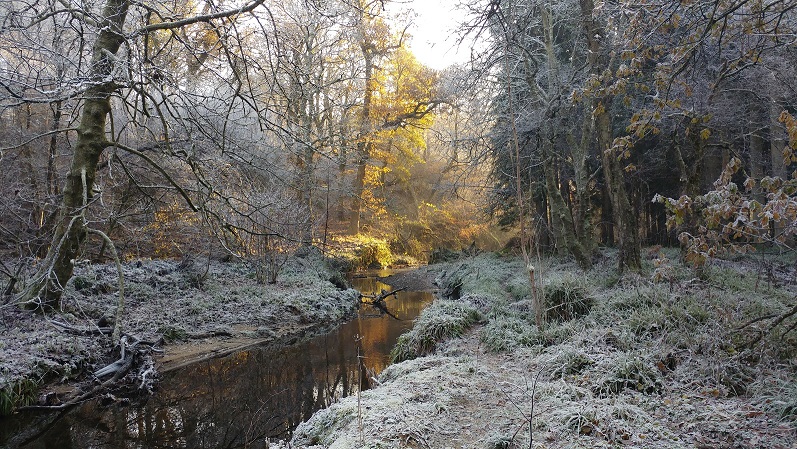
Our first photography day – not every session is in the sunshine but there’s always something new to see whatever the weather
Day to day I’m based in a Scottish Wildlife Trust office and it’s usually – though not always – Trust wildlife reserves where we spend our sessions. This ensures that conservation is at the heart of everything we do.
The structure of the programme has evolved over the year, responding to feedback from participants and lessons learned along the way. It’s pretty settled now, we meet in a central location and simply walk into a greenspace – of which Cumbernauld has many – and enjoy spending a couple of hours amongst nature. We usually sit and boil a cup of tea over an outdoor kettle, have a chat and then head off for an environmental themed activity.
We go out exploring among the trees and the pathways. We learn about the wildlife that shares our spaces with us, learning their unique behaviours, their lifestyles, the signs that they leave behind. We watch the birds flitting through the trees and learn their calls. We build shelters, boil outdoor kettles, drink a lot of hot chocolate and toast a LOT of marshmallows. We learn the names of the trees and the flowers – and have even planted a few to live on in the greenspaces long after we’ve gone.
We tell stories, draw, create art with the natural materials around us. We take photographs, we slow right down and take time to use our senses, watching, listening, recording the cycle of life as it moves through the seasons.
We talk to one another and learn each other’s story. Sometimes we can give a bit of advice, much of the time we take on board a piece of hard earned wisdom from someone else’s journey.
We’re Active; We Take Notice; We Learn; We Connect; We Give.
And, slowly, we change.
I’ve watched people change before my eyes, watched a sense of achievement, pride and confidence grow. Watched people accomplish things they never thought they would, or could.
Two school students suffering from confidence issues who stood up in front of 100 people at a national conference and gave brilliant presentations about the water quality in thier local pond.
A gentleman who had never travelled anywhere on his own before who planned his own route and caught two different buses to come and meet us for a walk.
A woman whose days seemed filled with sadness who smiled the first time she lit a Kelly Kettle with a fire steel.
A lady, normally reluctant to speak in front of others, who pointed out some fungi on a piece of dead wood and confidently told a stranger why it was important to a healthy woodland.
John Muir said that “Between every two pine trees is a doorway to a new life”
We step through that doorway every time we venture outside into the woods and while we’re looking among the trees for signs of bumblebees or badgers, sometimes the most unexpected thing we find is ourselves.
There is a perception amongst some people that the outdoors is not for them, that the greenspaces are for others, that the woods aren’t somewhere ‘ordinary’ people should spend time. That wildlife reserves are only for nature geeks.
It’s wrong.
The greenspaces are for everyone. The trees, the flowers, the bird song, feeds our senses and our souls. We belong outdoors amongst nature, we’re part of nature.
There are few (if any) harmful side effects from a walk in the woods. There is no cost to society or to the NHS from a visit to a wildflower meadow, but the value to an individual can be immeasurable.
The only real danger is that you might develop an addiction to sunshine, clean air, peace and tranquillity.
That’s a risk I’m willing to take.
When I was a child I was afraid of monsters under the bed. My parents gave me two tools for that – one was a torch to shine into the dark places; the other was a stick, to ensure that the monsters knew I was no pushover.
Mental health awareness is the torch. The more we talk, the more we share, the more we shine a light into the dark places, the more we find that there is nothing there to be afraid of but shadows.
The stick part is easy. Every time I go for a walk amongst the trees in Cumbernauld I see sticks all around me.
